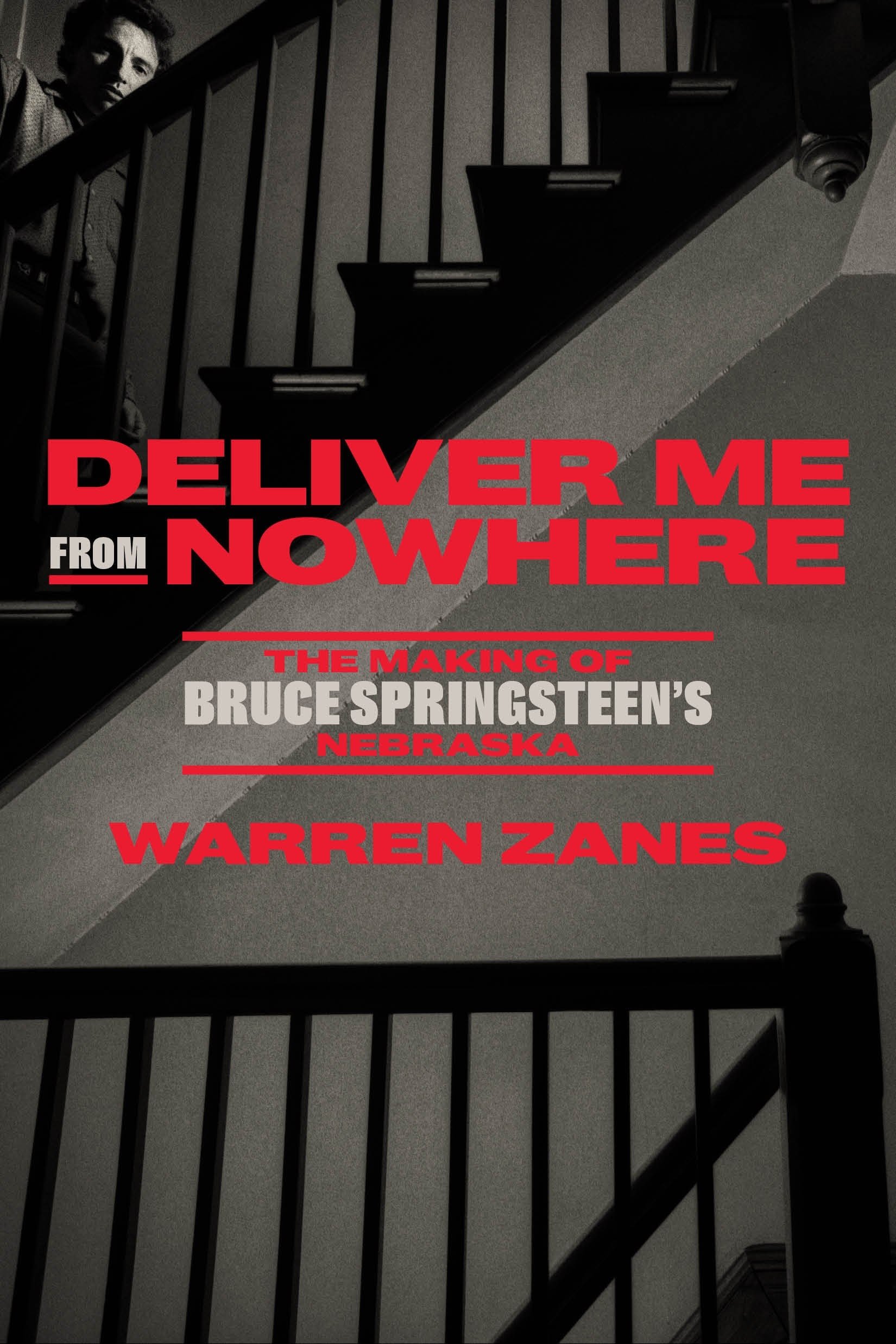Deliver Me From Nowhere: The Making of Bruce Springsteen’s ‘Nebraska,’ by Warren Zanes
Deliver Me From Nowhere: The Making of Bruce Springsteen’s ‘Nebraska’
by Warren Zanes
(Crown)
PHOTO: Warren Zanes © by Piero Zanes
“After decades in the world, Nebraska is one of those recorded works recognized for its simplicity but also for its density, its many-layeredness. It’s a record you come back to, a record with more than its share of mystery, a record that keeps mattering and keeps throwing off new meanings. Maybe it’s the record of Springsteen’s that’s the most collaborative with the listener. Unfinished. You could say he left it for us to complete. He trusted his art, and trusted us to do something with it.”—Author Warren Zanes.
In 1981 into ’82, Bruce Springsteen was at a professional, personal and political crossroad. President Reagan was ignoring AIDS and destroying the middle class. Bruce is nothing if not a political animal. The turmoil he must’ve felt, coupled with “the beginnings of a slow mental breakdown induced by unresolved incidents from his childhood,” according to Crown Publishers upon the release of Deliver Me From Nowhere,” caused him to demo some songs on his Teac 4-track recorder in his bedroom, So, as artists tend to do, he poured out what he was feeling into his new songs. The songs were as bleak, somber, drained of hope and devoid of redemption as his mood. These were songs waiting to be arranged, produced and performed by the E Street Band. But they never got that far. Bruce called it “an accident from start to finish.” Yet it proved to be his masterpiece.
The songs lend themselves well to interpretation. On Aoife O’Donovan Plays Nesbraska, the Brooklyn folksinger does them justice. In 2000, the various artists of Badlands convened around these songs to spectacular results which included Pretender Chrissy Hynde on the title track, Hank Williams III (“Atlantic City”), Los Lobos (“Johnny 99”), Ani Difranco (“Used Cars”), Son Volt (“Open All Night”), Ben Harper (“My Father’s House”), Aimee Mann (“Reason To Believe”) and Johnny Cash (“I’m On Fire”).
Bruce had succeeded in putting the alienation and desperation he was feeling into his art. The decision to not take these songs to the band was brilliant. As such, with but his trusty acoustic, his poetry and his scarred voice, the songs work, both on an emotional level and a lyrical level which put Bruce into the company of Woody Guthrie, Pete Seeger and Bob Dylan. He sang these brilliantly universal lyrics with a voice cracking with emotion, his delivery oftentimes whispered so quaveringly, you have to strain to hear them. Yet they come to vivid life. Songs about killers and creeps, the disenfranchised and the hopeless, and the blue-collar reality of the American Dream turning into a nightmare, stuck. They were perfect as they were. And they stuck like a blemish of what living in America is supposed to be like.
Warren Zanes has captured this particular zeitgeist like no other. His Tom Petty book was a best-seller. His Boston garage band, the Del Fuegos, rocked bigtime. He’s a PBS producer and an NYU professor. And he’s positively nailed the state-of-the-Springsteen-art circa early ‘80s.
ORDER / READ: “Deliver Me from Nowhere” (via Penguin Random House)
(Advertisement)


